Trip to Jerusalem
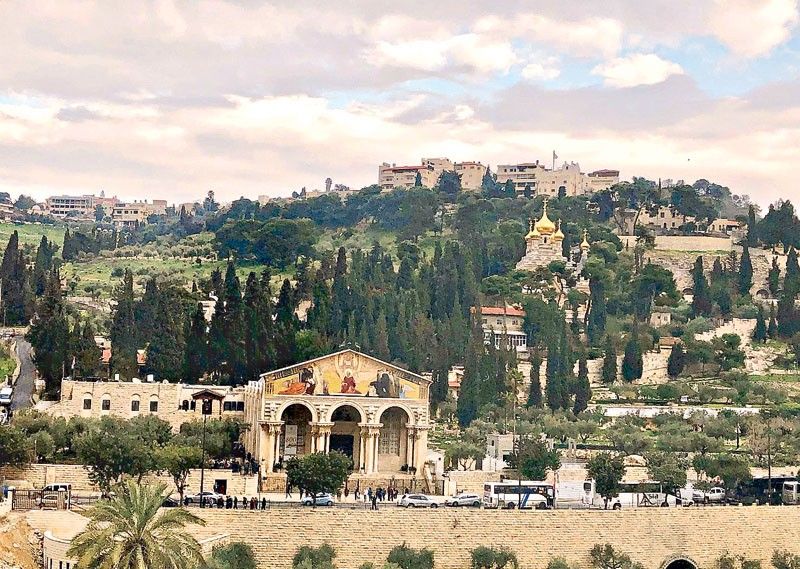
To most of us, “Trip to Jerusalem” is a parlor game also known as “musical chairs.” In the game, players compete for a limited number of chairs, and after the music stops playing, the one who gets the last chair is the winner.
A real trip to Jerusalem has no losers, for in this city that is the seat of three of the world’s major faiths (Christianity, Islam and Judaism), a pilgrim is certain to find his own chair, his own “moment,” his own place in the sun. For most visitors, each trip culminates in a personal victory, or victories for that matter.
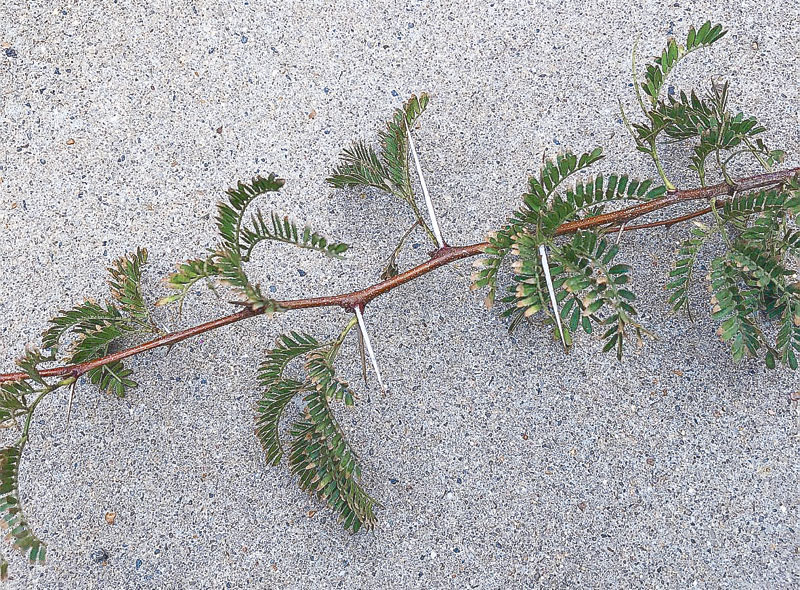
A branch similar to the one that made up Jesus’ ‘crown of thorns.’
As we enter the holiest of seasons in Christendom, let me take you on a trip to Jerusalem, and for those who have not yet made the journey to the this holy city, I pray that someday, you get to retrace the footsteps of Christ.
In this city, we mark the agony of his sufferings, the pain of his death and the joy of his resurrection. According to Pope Francis, “We proclaim the resurrection of Christ when his light illuminates the dark moments of our existence, and we are able share it with others.”
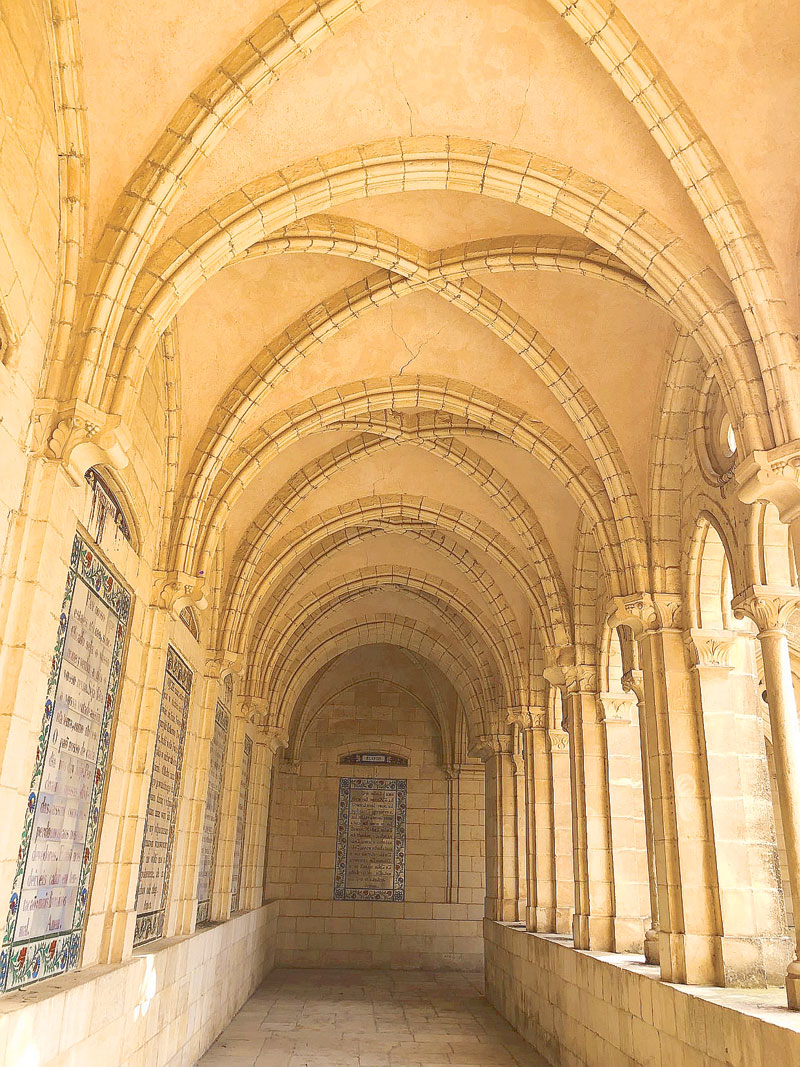
Cloister in the Church of Pater Noster.
I was recently invited by Catholic Travel Inc. to join a pilgrimage to the Holy Land to retrace the footsteps of Christ in the only land he walked on. From Manila, we took a 12 1/2-hour hour flight via Turkish Airlines to Istanbul and from Istanbul, it was a two-hour flight to Tel Aviv. From Tel Aviv, Jerusalem is about an hour away by car. Here are some of the highlights of my trip to Jerusalem, where the music never stops playing for those who truly believe:
1. The Church of the Pater Noster — This church is where Jesus first taught his disciples the Lord’s Prayer. The cavern where Jesus first recited the prayer is now a chapel and the Carmelite cloister here is lined with glazed tiles bearing the text of the prayer translated into more than 60 languages (including Filipino and Ilonggo) and even Braille. The church was originally erected in the fourth century by Empress Helena, mother of Constantine.
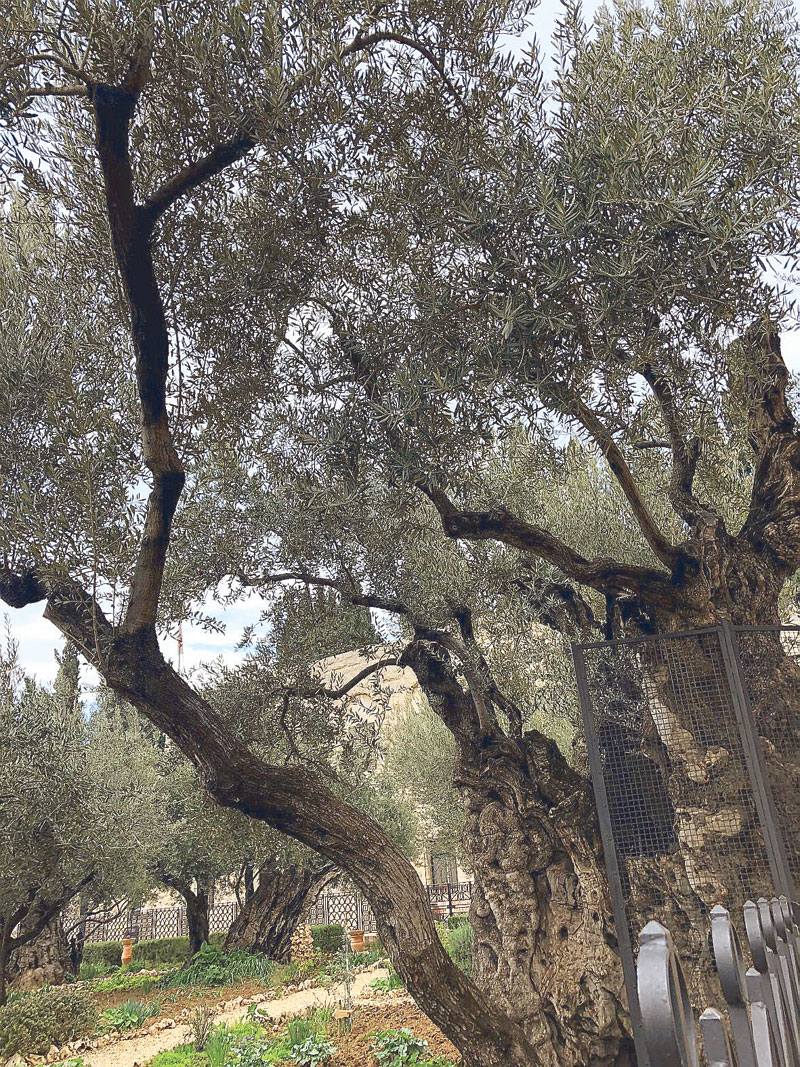
The Garden of Gethsemane.
2. Garden of Gethsemane and the Church of All Nations (also known as the Basilica of the Agony) — I have been to this garden and its adjacent church twice and each time I have witnessed the fervor of prayer in my fellow pilgrims. The first time I visited in 2000, a fellow pilgrim was so moved that for the first time in decades, he went to confession inside the church and received Holy Communion. During my pilgrimage last February, this was the place where I saw a priest bow till his face was touching the ground, which was actually a huge rock in front of the altar of the church. Called the “Rock of Agony,” it is where Jesus prayed and sweated blood the night before his arrest. The rock is surrounded by a “crown of thorns” of wrought iron. Eyes closed tight, the priest spent several minutes praying over the rock, which he kissed before leaving.
Adjacent to the church, which is at the foot of Mt. of Olives, is a garden shaded by eight ancient olive trees. Gethsemane means olive press in Aramaic. It was here at the Garden of Gethsemane that Jesus came with his disciples to pray. Here he became very human and tried to find a way out of his mission (“Father, if thou be willing, remove this cup from me”), but overcame his weakness to accept his Father’s will (“Nevertheless, not my will but thine, be done…”). Betrayed by Judas, Jesus was arrested here by the soldiers of the High Priest and taken away to be charged.
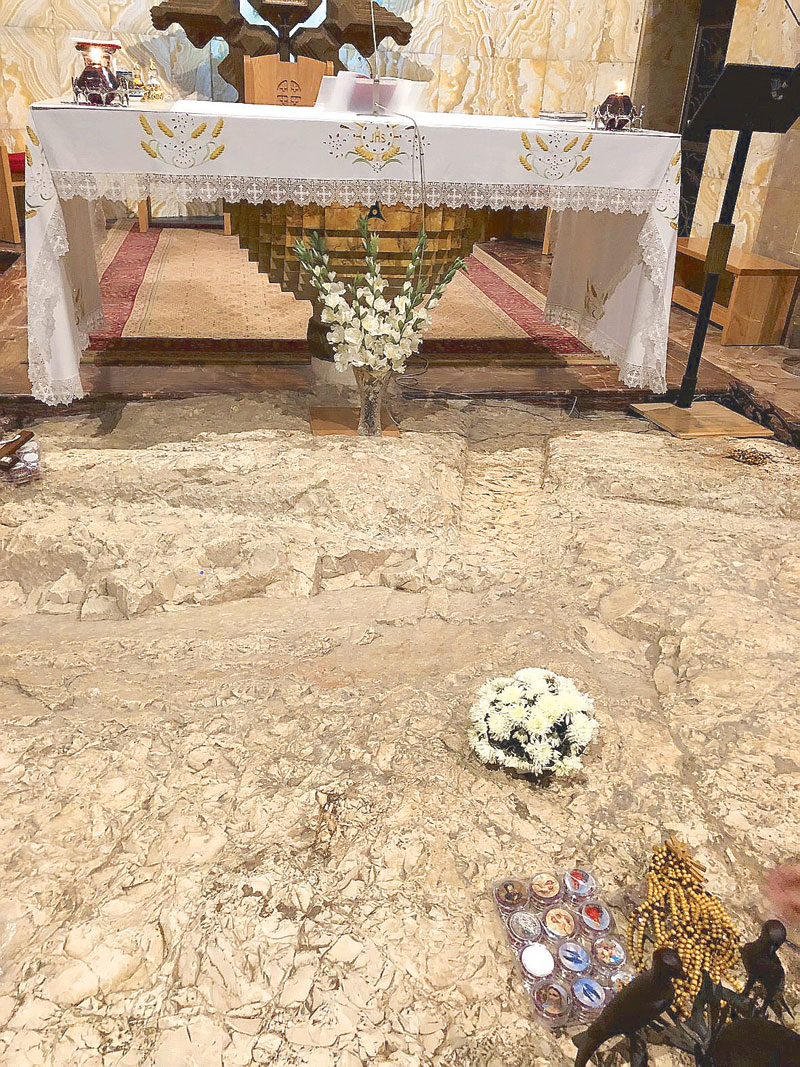
The rock where Jesus prayed and sweated blood the night before his arrest.
3. Church of St. Peter in Gallicantu — This church stands on the place believed to be the site of the House of Caiaphas, High Priest at the time of Jesus execution. Here Peter is said to have denied Jesus thrice (“Before the cock crows, thou shall deny me thrice…”). Jesus is believed to have spent the night in a dungeon over which the church was constructed. According to a sign leading to the cave that is believed to have been Jesus’ prison cell, “When these underground caves were rediscovered in 1889, their physical characteristics, their proximity to Caiaphas’ palace and their continuity with the sacred pit (dungeon) all suggested the public jail, where, according to a 4th-century Jerusalem tradition…Jesus would have been scourged.” Wounded and broken, Jesus spent an agonizing night in the depths of this prison, and many Christians believe that his blood, sweat and tears have left a visible mark on its stone walls. Personally, this place touched a raw nerve in me, and I could almost see, not just imagine, the depth of Christ’s suffering.
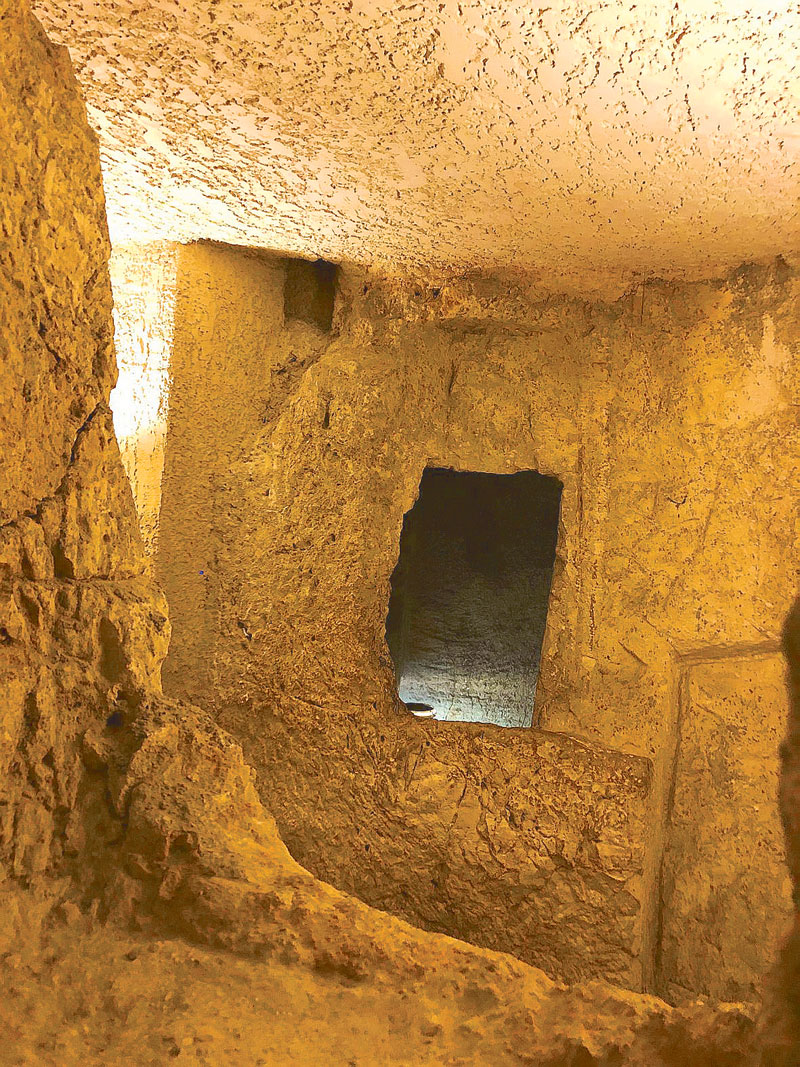
An underground cave where Jesus is believed to have been scourged.
(To be concluded)
(The biggest Holy Week gathering in the South is happening at The Feast Alabang District’s 2019 Holy Week Recollection on April 18 (Maundy Thursday), 19 (Good Friday) and 20 (Black Saturday), 8 a.m. to 12 noon at the Filinvest Tent in Alabang. Fr. Dave Concepcion is one of the speakers. Admission is free.)
(You may e-mail me at [email protected]. Follow me on Instagram @joanneraeramirez.)
- Latest




























